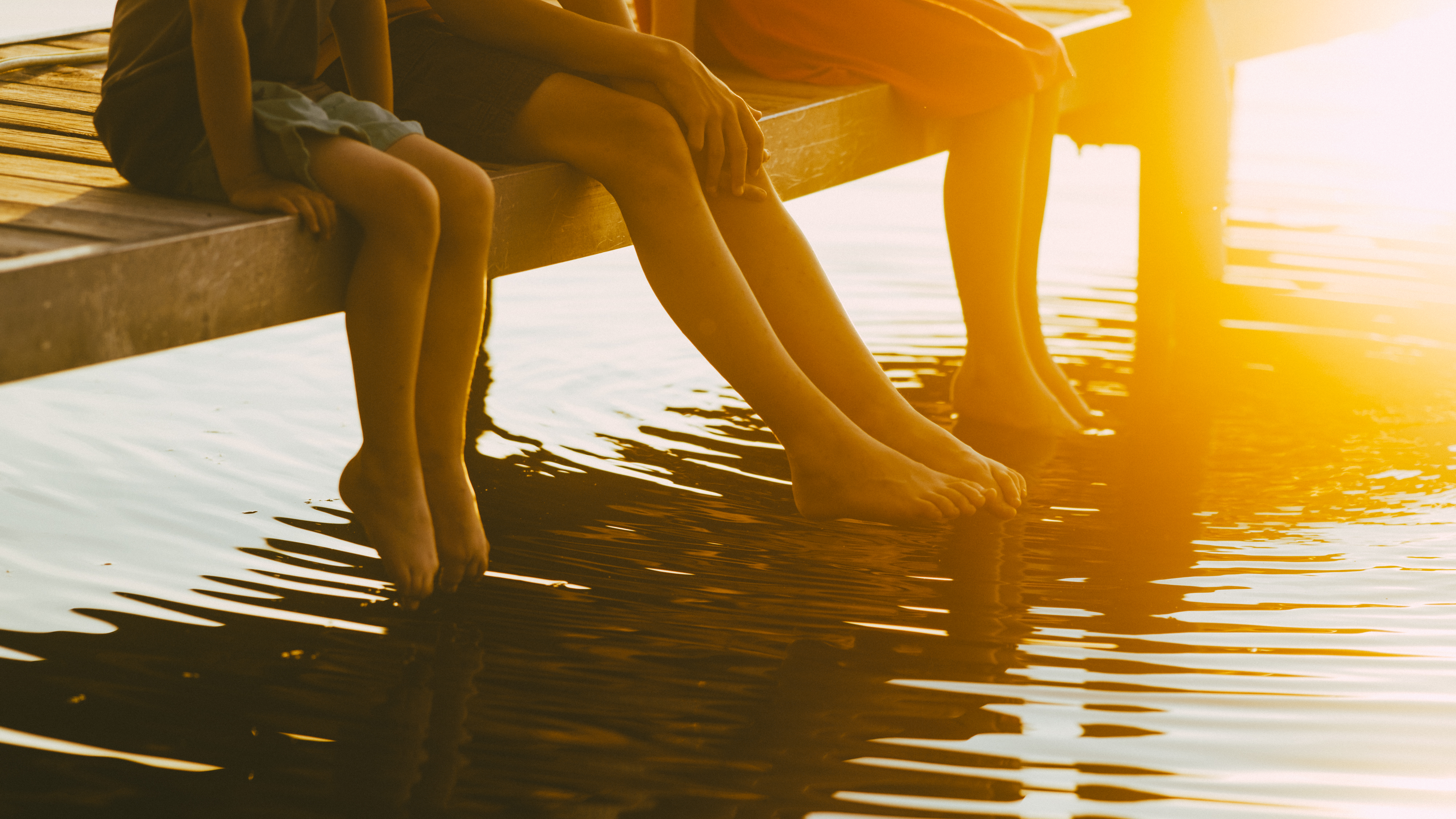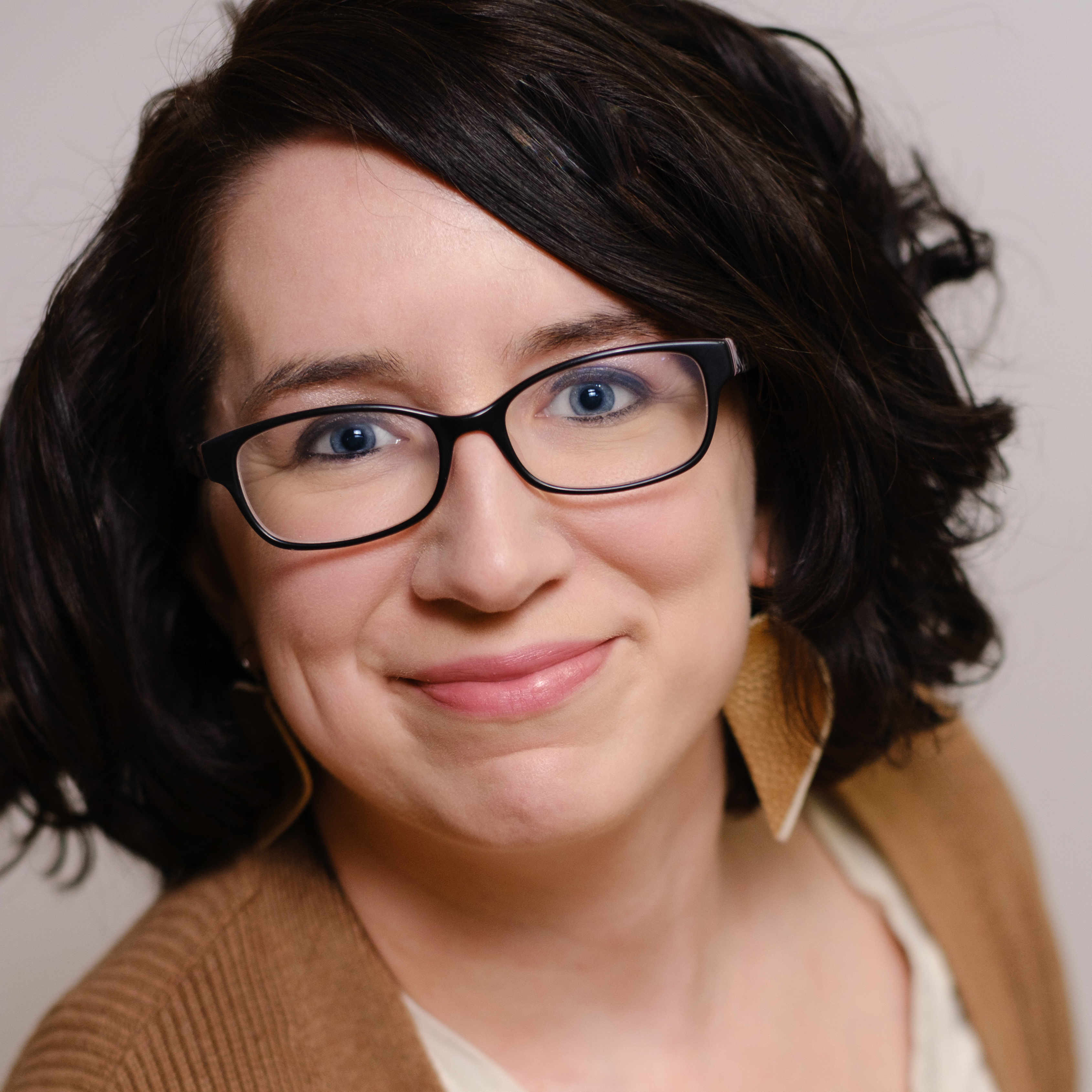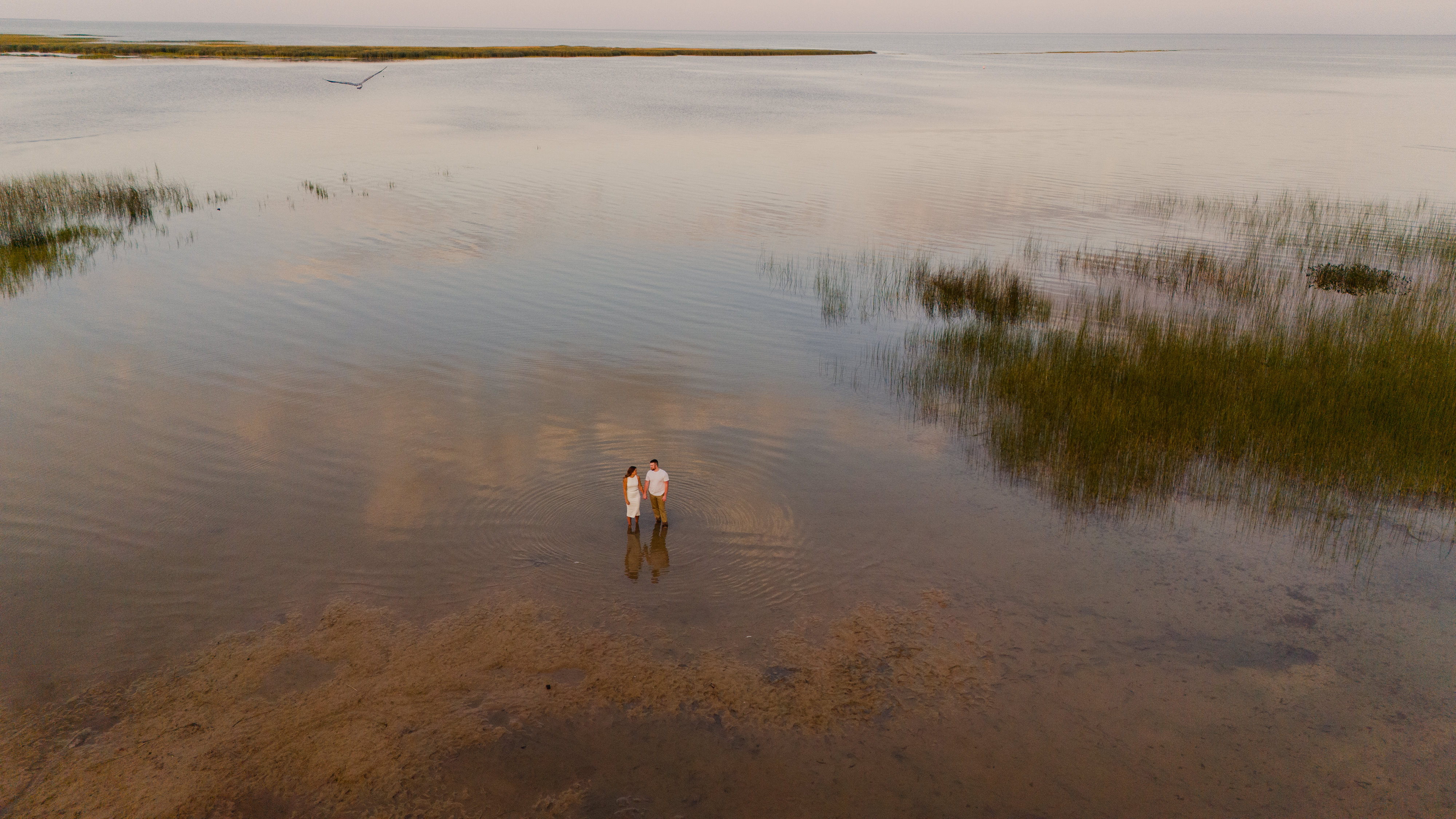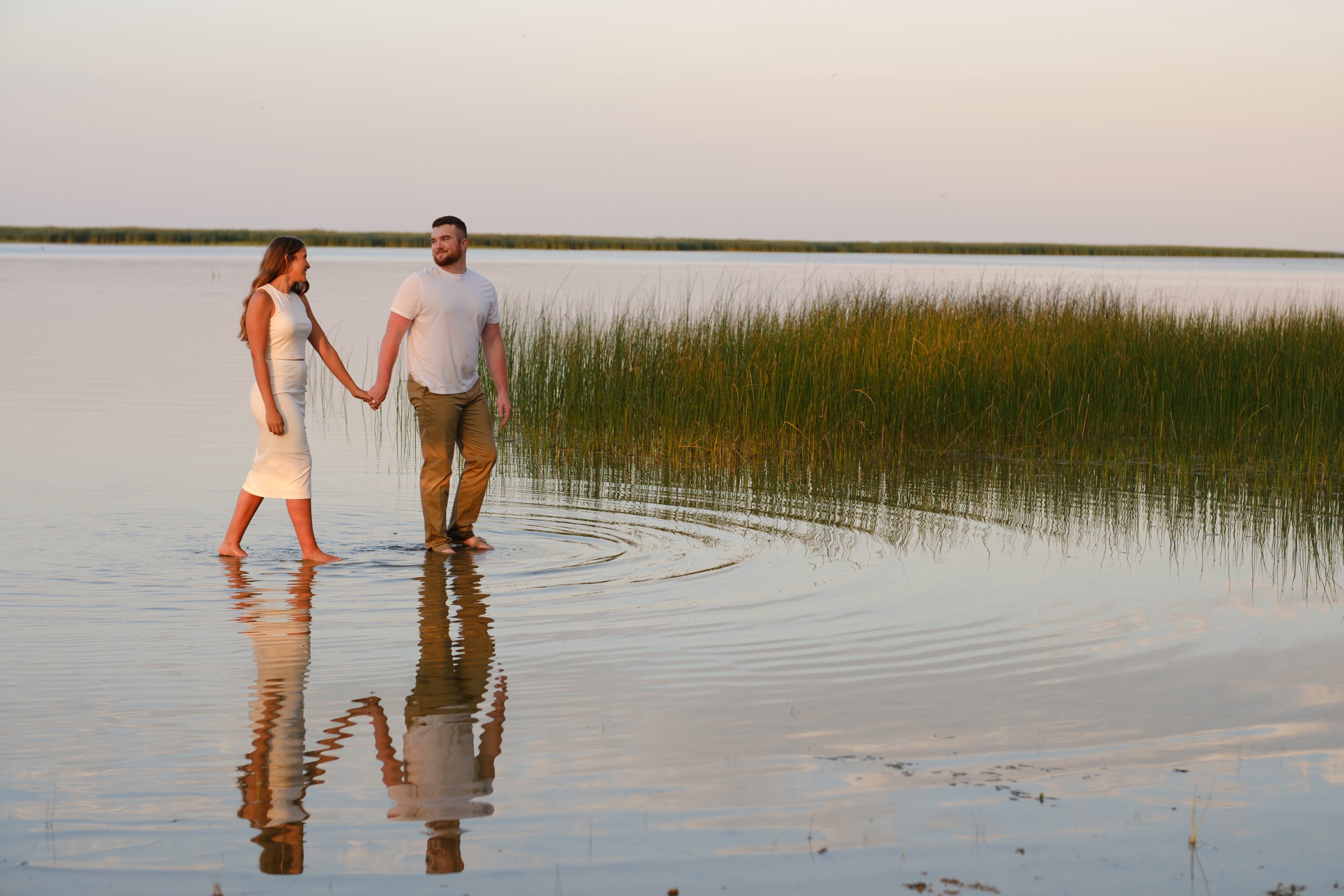Natural light photography is trending as searches reach the highest levels in a decade. What does that mean for photographers?
According to Google Trends, searches for natural light photography are at a ten-year high

Analyzing changes in Google searches is often a key indicator of trending topics – and data suggests that natural light photography is surging in popularity. According to data from Google Trends, searches for “natural light photography” are the highest that they’ve been in the last decade.
Natural light photography is a term broadly applied to any photographs that are taken without artificial light, and can include anything from golden sunset photos to using window light indoors.
Google Trends data, as pointed out by photo print platform Popsa, suggests that searches for natural light photography are the highest that its been over the last decade, with searches up by 550 percent in the last month alone. While a peak in topics related to sunset photography would make sense in the summer, the second-highest peak over the past decade for the search term is from January of 2017.
Over the last decade, the search term has been most popular in the Philippines, Australia, New Zealand, the United States, and Singapore. Broken down to the last three months, the list of countries changes to the US, followed by Canada and the UK.
Natural light photography is often associated with warmer tones and soft light – but the quality of the light depends entirely on factors like weather conditions and the time of day. During golden hour, the hour before sunset, has natural light that is warm and soft, with gradual transitions in the shadows.
During the middle of the day on a sunny day, however, natural light becomes what is referred to as hard light, with a harsh drop-off from the light to the shadows. Mid-day natural light also tends to be more difficult to work with because, with the sun overhead, photographers are limited in adjusting the composition to get the sun to hit at the right angle.
Natural light doesn’t exclusively refer to the sun. Blue hour photography – which Pinterest data suggests is also trending this year – refers to the hour when the sun is below the horizon, but there’s still a limited amount of the sun’s rays left. After twilight, natural light becomes photographing the moon and the stars.
The best camera deals, reviews, product advice, and unmissable photography news, direct to your inbox!
Natural light photography, however, isn’t without its mixed opinions. Some photographers equate the term “natural light photographer” to mean someone who doesn’t know how to use flash. That can be problematic in genres like wedding photography, as some venues have little to no natural light, and some wedding days have weather where the sun doesn’t make an appearance.
Of course, many fantastic natural light photographers know how to use artificial light but choose to work with natural light for its unique look. Other expert flash photographers know how to use gels and diffusion to make artificial light look like sunlight.
Personally, my own natural light photography got a huge boost when I finally mastered off-camera flash. Why? Because once I learned where to place the flash, I learned where to stand in order to get the best light from the sun. Now, I’m a flash photographer who sometimes chooses to use natural light.
One of my favorite photo sessions that I’ve done, I didn’t bring my artificial lighting at all – but this was largely because I had pre-scouted the location, scheduled the shoot during golden hour, and knew that I would be able to get beautiful natural light. (Plus, getting to the location required a one-mile hike, which makes carrying a studio light and stand incredibly unpleasant).
6 quick natural light photography tips
Learn to recognize “good” versus “bad” natural light. Taking excellent natural light photographs requires recognizing “good” versus “bad” light and how to use it. Soft light typically comes from a cloudy day or the sun being low in the sky. Hard light on a cloudless day with a high sun can look great – but it’s much harder to get this type of light to look good than it is to get soft light to look good.
Newbies, start in the shade. The easiest place for beginners to find beautiful natural light is in full shade, on an overcast day, or during golden hour.
Experiment with different natural lighting scenarios as you gain experience and confidence. Photograph one object from multiple angles in natural light. Which angles work the best? Try photographing the same thing at multiple times of the day. Which result do you love the best?
Use a warm diffusion filter to emphasize golden hour light. These filters create soft, warm light – which is exactly how I would describe golden hour light.
Shooting a portrait? Watch for shadows underneath the eyes. This tends to be unflattering and makes the subject look tired. If you spot under-eye shadows, adjust your angle, adjust the subject’s position related to the sun, or move to the shade.
Don’t be afraid to mix flash with natural light. I love natural light, but if I want to keep the sunset intact when photographing a portrait, I need either extreme photo editing – or a flash. Turning an on-camera flash to a low power and using a diffuser will help create catchlights in the subject’s eyes. Then, try evolving into a simple off-camera light setup. A one-light setup with a diffuser and the sun behind the subject is one of my favorite simple flash photography setups because it prevents the beauty of the natural light from being overblown into white highlights.
You may also like
Weigh the pros and cons of using natural light vs. flash. Get started with our lighting cheat sheets. Or, browse the best flash diffusers to create softer light.

With more than a decade of experience writing about cameras and technology, Hillary K. Grigonis leads the US coverage for Digital Camera World. Her work has appeared in Business Insider, Digital Trends, Pocket-lint, Rangefinder, The Phoblographer, and more. Her wedding and portrait photography favors a journalistic style. She’s a former Nikon shooter and a current Fujifilm user, but has tested a wide range of cameras and lenses across multiple brands. Hillary is also a licensed drone pilot.
You must confirm your public display name before commenting
Please logout and then login again, you will then be prompted to enter your display name.



